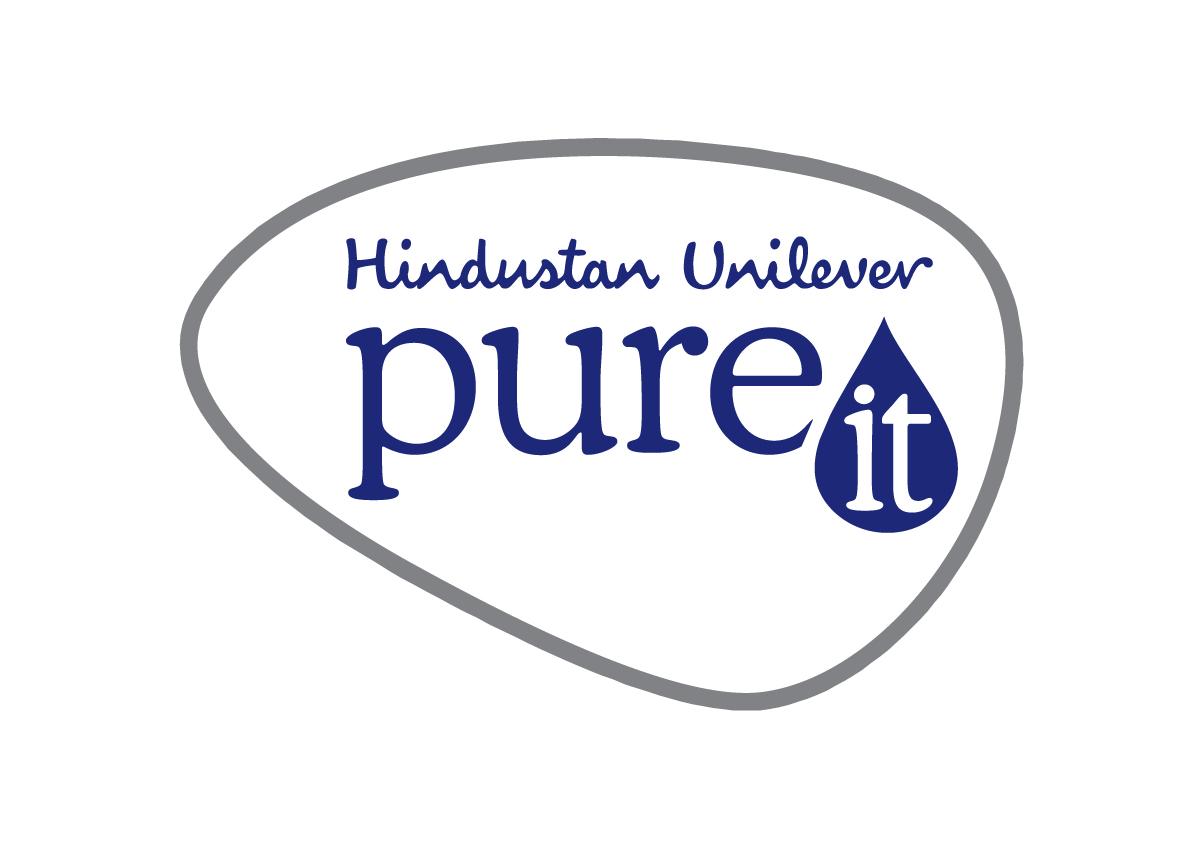Reverse osmosis (RO) is a water purification process that uses a semi-permeable membrane to remove contaminants from water. A reverse osmosis water purifier is a device that uses this process to purify water for consumption.
Reverse Osmosis Water Purifier
The RO process works by applying pressure to force water through a semi-permeable membrane that blocks the passage of larger molecules and particles while allowing smaller molecules such as water to pass through. This effectively removes impurities and contaminants such as salts, minerals, bacteria and viruses from the water, leaving clean, purified water behind.
RO water purifiers usually consist of a pre-filter to remove larger particles, a semi-permeable membrane and a post-filter to remove any remaining impurities. Some advanced RO water purifiers may also include additional stages of filtration such as activated carbon filters and UV lamps to provide additional protection against contaminants.
All in all, a reverse osmosis water purifier is an effective way to purify water and can provide clean and safe drinking water for homes and businesses.
Definitely! Reverse osmosis is a highly effective water purification method that can remove up to 99% of impurities from water. This makes it one of the most popular water treatment technologies used in both residential and commercial applications.
In addition to its efficiency, reverse osmosis has several other advantages over other water purification methods. For example:
- Cost-effective: Reverse osmosis systems are usually less expensive than other water purification systems such as distillation or UV filtration.
- Energy efficient: Reverse osmosis systems require relatively low energy compared to other water purification methods, making them a greener option.
- Versatile: Reverse osmosis systems can treat a wide variety of water sources, including ground, surface and even seawater, making them a versatile option for a variety of applications.
- Low maintenance: Reverse osmosis systems are relatively low maintenance and only require regular filter replacement and cleaning to ensure optimal performance.
However, it is important to note that reverse osmosis has some disadvantages. For example:
- Wastewater: Reverse osmosis systems typically produce a significant amount of wastewater, which can be a problem in areas with limited water resources.
- Slow Filtration: Reverse osmosis systems can be relatively slow at purifying water, especially compared to other methods such as UV or carbon filtration.
- Mineral Removal: Reverse osmosis systems can remove minerals from water, which may be desirable for some applications, but can also result in less desirable taste and texture.
Despite these drawbacks, reverse osmosis remains a highly effective method of water purification that is widely used in both residential and commercial environments. By providing clean and safe drinking water, reverse osmosis water purifier can help protect public health and improve the overall quality of life.
